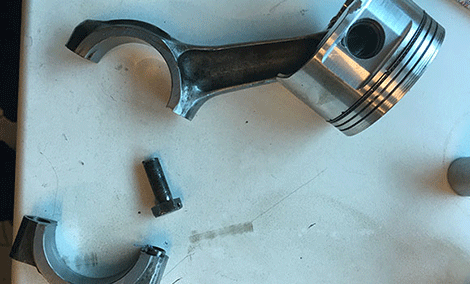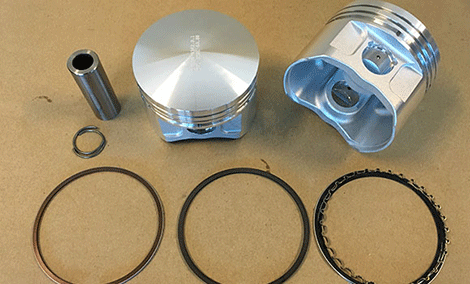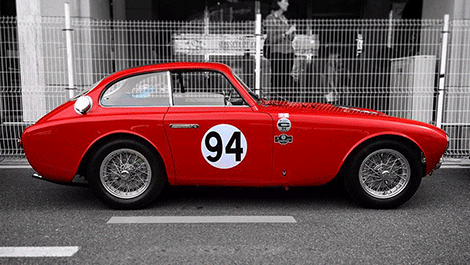
A beautiful 1952 Ferrari 225 ready to race thanks to reverse engineering
Rebuilding the old with the new is a skill set made for reverse engineering tools, helping companies like Redesign Sport Ltd (RSL) perform bespoke restoration projects.
Based near St Albans, RSL has been breathing life back into classic vehicles since 2006 that would otherwise have been left in collections or museums, unused, allowing their owners to go race them or undertake long distance tours.
However, irrespective of how much the customer is willing to spend, these £1million – or even £20million – cars sometimes can’t go anywhere because sourcing old parts or getting them remade has hitherto been horrendously difficult.
“We are finding that certain parts are getting increasingly harder to source and the cars rarer and rarer. In some cases, the vehicles we have coming through are one of a kind, so we realised that we need to take matters into our own hands,” said RSL founder Dafyd Richards.
3D scanning and CAD software are allowing RSL to reverse engineer worn or broken parts, scanning massively improving the accuracy and time, “It also reduces the mental fatigue of the engineer, who would have previously relied on traditional methods – or worse, been forced to model a component from memory!”
Using a Creaform HandySCAN 700 RSL can scan nearly half a car in 15 minutes, while the VX Elements lightweight scanning software can scan to mesh directly. “This enables us to see information in real time and, if need be, change the resolution or laser intensity on the fly,” says Richards.
“For example, if I’m scanning across two different materials, say a highly polished red paint to rubber, I can change the shutter setting and alter the intensity of the laser halfway through.”
RSL also run Geomagic Design X software, to convert scan data into 3D CAD models that can be taken into SolidWorks, which RSL has increased its use of with support from reseller NTCADCAM, allowing the team to fix or even improve a design’s performance.
“Whether it is scanned data from a laser, geo satellite MMR or a photogrammetry scanner, we can process it, trim out the erroneous data that isn’t needed and then work with the customer to try and meet their aim. From there, we can help them get the relevant data into their SolidWorks environment.”

Not what you want to find hours before a race…
A customer based in the US asked RSL to look after his 1952 Ferrari 225 for the Goodwood Revival meeting.
The car had been given a fresh engine build and a check over in the US, but when fired up for a check over the day before the race, a conrod came out of the side of the engine – a part that moves the pistons up and down, killing any chance of the car making the race.
Upon stripping the engine RSL found that every nut and bolt inside the engine had also been left loose during the original rebuild, but the customer asked if we could get the car race-ready for the Monaco Historic Grand Prix in 8 weeks time.
The piston was scanned using the HandySCAN, the scan data modelled in Geomagic Design X then transferred into SolidWorks, from which RSL’s manufacturing partners creating 12 new pistons for the engine that arrived ready to be fitted three weeks later.
While inspecting the engine, the same process was used to replace two distributors on the Ferrari, which were causing problems with the ignition system.
With all the parts fitted in time the car drove magnificently in Monaco and after a quick check-up back in the UK, it was delivered to Heathrow for its flight back to the US.

The replacement piston parts






